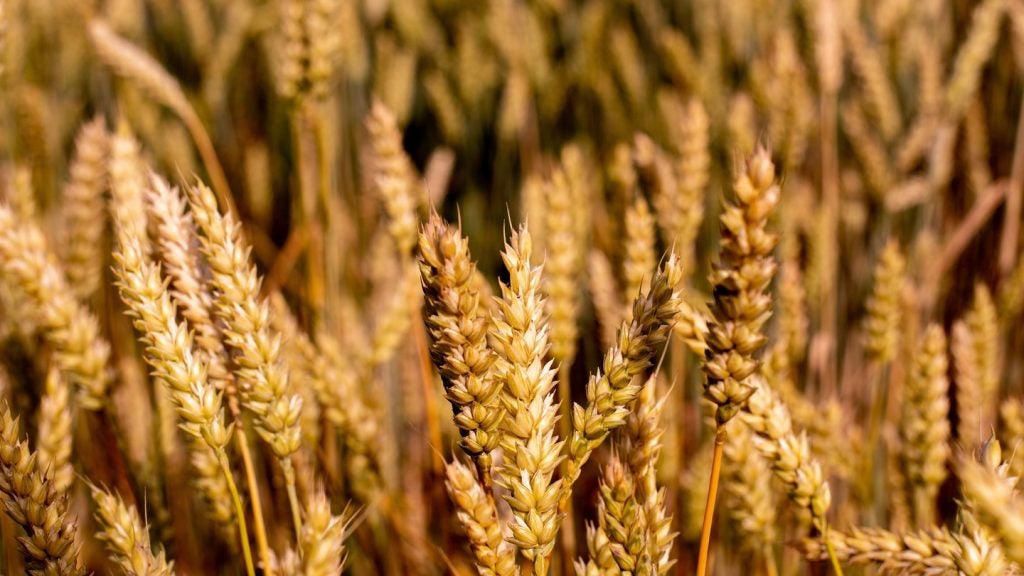Wheat, beans and cassava are among the crops that could lose up to half of their "best or optimally suitable” growing land by 2100 due to climate change, the FAO has warned.
Plantain and coffee have also been identified by the UN agency as at risk of losing significant amounts of suitable land.
The concern arises from the latest data presented by the FAO's updated ABC-Map geospatial app, which includes a new indicator based on data from a study Finres, a French fintech start-up.
Under commission by the International Fund for Agricultural Development (IFAD) and with funding from the French Development Agency (AFD), Finres penned a study that found the five crops – wheat, coffee, beans, cassava, and plantain – are already “losing optimal growing conditions”.
Coffee production within major coffee-growing regions could “decline sharply” by 2100, the study suggested.
Beans and wheat are also expected to suffer “significant losses”, particularly in North America and Europe.
Maize and rice may initially find more suitable areas for cultivation; although, under high-emission scenarios, these gains could be reversed by the century's end.
FAO senior natural resources officer Martial Bernoux said: “Given the increasingly erratic weather and extreme events, including droughts, extreme heat and floods, farmers, policymakers, and technicians need to know if the crops, investments or projects they are considering will work or if they need to adjust and consider other crops or more adaptation measures instead.”
The FAO’s tool allows users to explore future suitability for 30 major crops, using two climate emission scenarios and timeframes extending to 2100.
The tool, built on Google Earth Engine and supported by global datasets, also includes future climate trends alongside historical data on rainfall and temperature.
Later this year, the FAO is lining up new indicators on livestock heat stress and crop water requirements, the latter offering projections on rainfall and irrigation needs.









